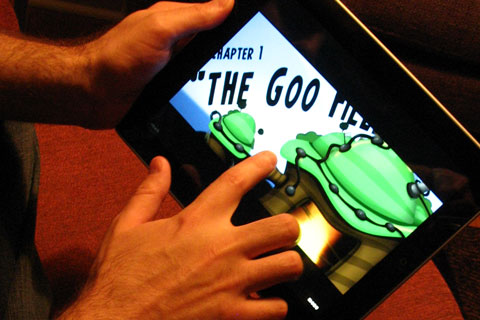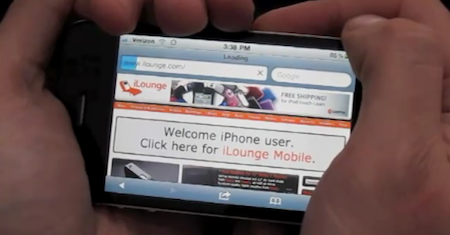Rovio reminds me of Nintendo back in the late 80’s and early 90’s: you can’t stop them. Not only did they achieve worldwide success with iOS games and consequent spin-offs (Angry Birds Seasons), they ported the franchise to a plethora of other platforms (including Sony’s PSP) and even announced a partnership with Hollywood studio Fox to create a special version of Angry Birds featuring the characters from the upcoming Rio animated film. Not to mention their own payment system, the Super Bowl, or the gaming network rumors.
Rovio is a fully-working, perfectly functional machine right now. And they need new employees. Who, this is the downside, will have to be able to speak Finnish. So if you happen to live in Finland (or know how to speak the language for some reason) and you want to be part of the Angry Birds bandwagon by, you know, joining the team, you should take a look at Rovio’s latest initiative, the Rovio Academy.
Game developers who speak Finnish and have C++ experience can take part in the six month training and recruitment program organized by Rovio Mobile, Saranen Consulting, and the Finnish Employment and Economic Administration.
Our goal is to take ten new talents on board, provide them with training by experienced experts from the industry, and hire all trainees as game programmers at Rovio. The program consists of altogether 26 training days; both theoretical teaching, guided on-the-job learning and on-the-job training. The application period lasts until February 20th, and the training begins at the beginning of April 2011,” explained Rovio Mobile.
Sounds interesting to you? Head over the official website, and try to become the next Angry Birds developer. [iPadevice via FindMySoft]










